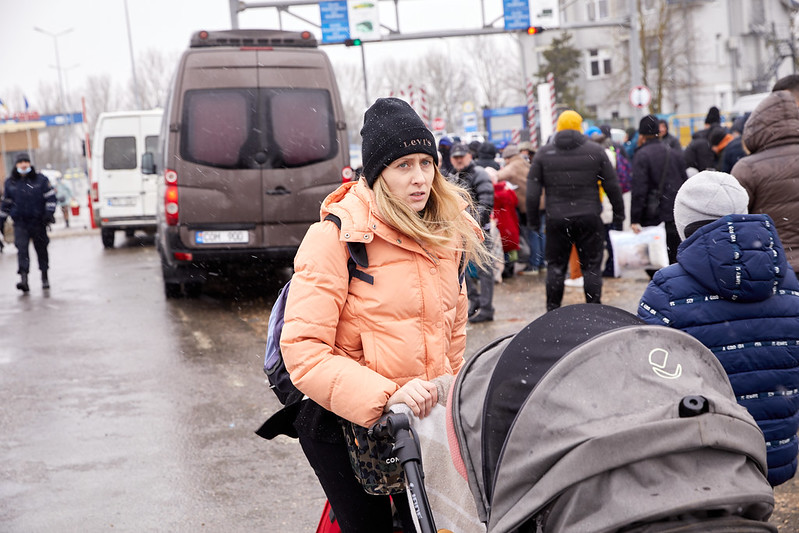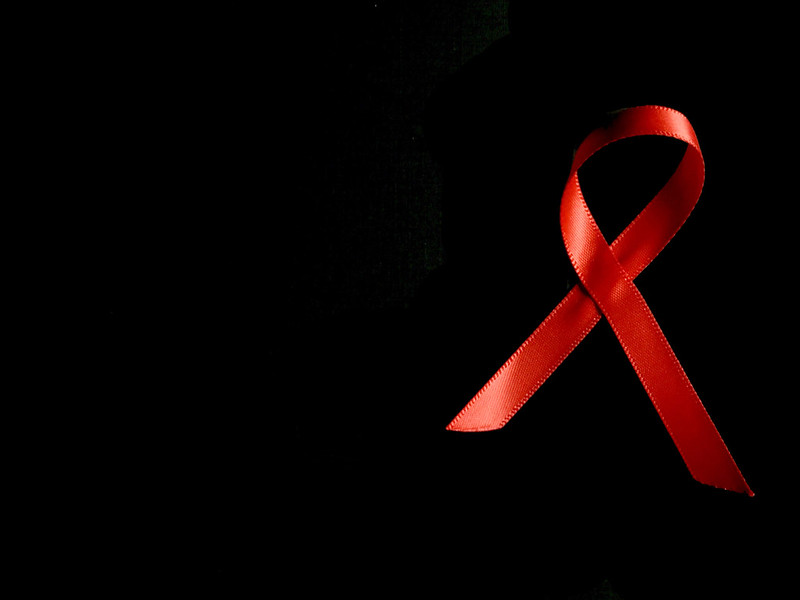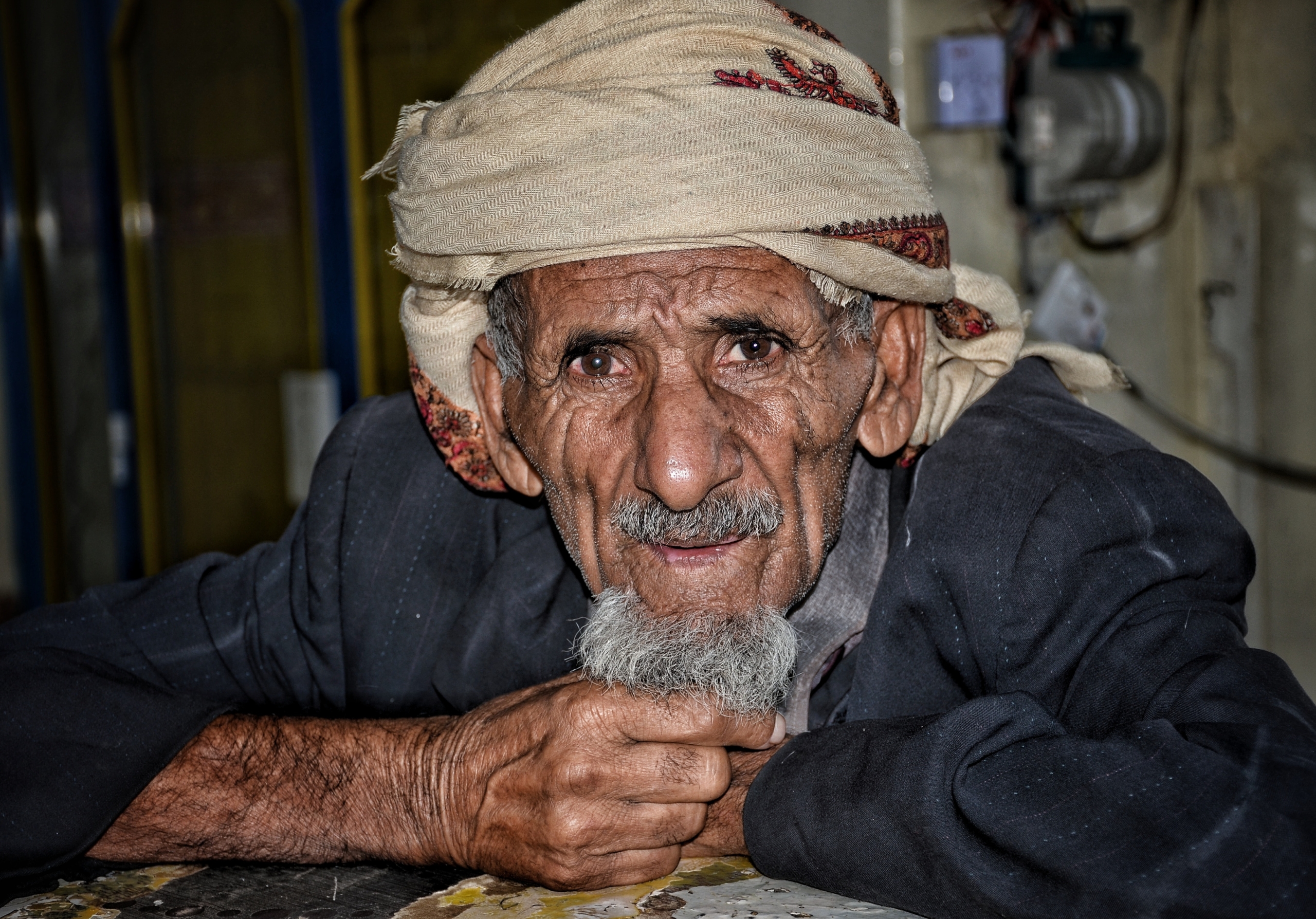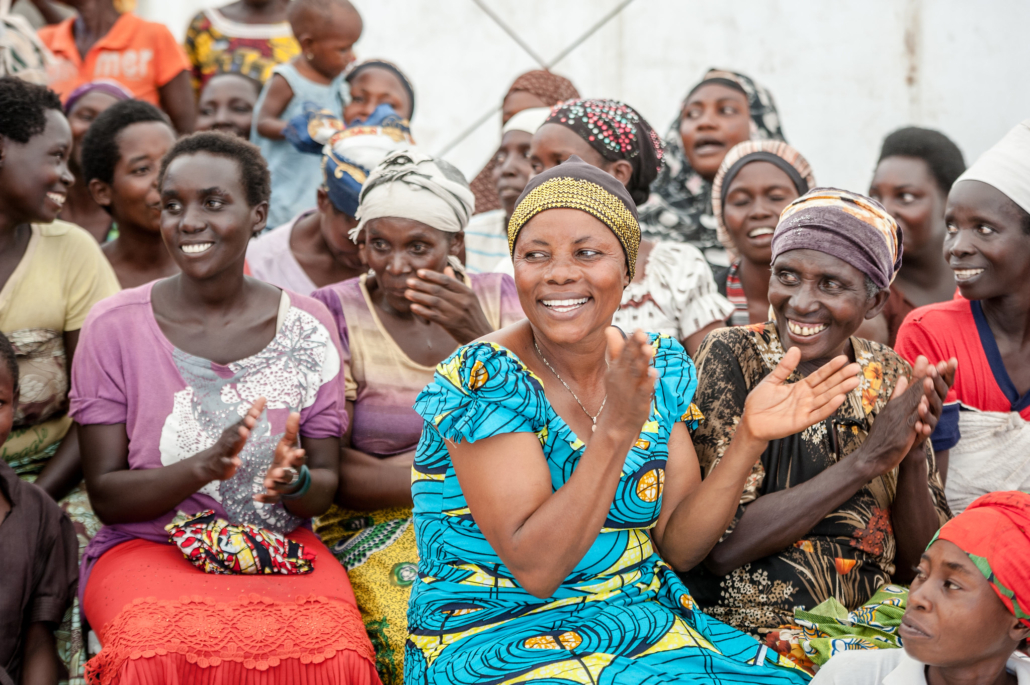 Since the initial Russian invasion of Ukraine in late February 2022, the Eastern European country has continued to struggle with hardship and new obstacles. The harsh effects of war have had a significant impact on poverty in Ukraine, with an estimated 23,000 civilian casualties in the first six months of intense conflict. Additionally, the conflict has destroyed vital infrastructures and social services such as schools and hospitals, leading to a scarcity of food, water and essential medical supplies.
Since the initial Russian invasion of Ukraine in late February 2022, the Eastern European country has continued to struggle with hardship and new obstacles. The harsh effects of war have had a significant impact on poverty in Ukraine, with an estimated 23,000 civilian casualties in the first six months of intense conflict. Additionally, the conflict has destroyed vital infrastructures and social services such as schools and hospitals, leading to a scarcity of food, water and essential medical supplies.
The Impacts of Poverty in Ukraine
As of February 2023, 8.1 million Ukrainians have fled as refugees to other European countries, with an additional 5.4 million Ukrainians internally displaced due to the conflict. The catastrophic effect of the Russia-Ukraine conflict has resulted in a significant increase in Ukraine’s poverty rate, rising from 5.5% to 24.1% in 2022, pushing about 7.1 million more Ukrainians into poverty. This increase in the poverty rate has fundamentally reverted 15 years’ worth of the nation’s efforts against poverty.
So far, the war in Ukraine has not only had economic impacts on the country but also around the world. Russia, in particular, has suffered a significant and direct impact from its invasion of Ukraine. As of 2023, the economic strains of military operations and the subsequent crisis in the Russian economy have resulted in more than 9% of children in Russia experiencing poverty. In 2022, there was an increase in the number of the Russian population suffering from poverty, with 4.8% of adults and 9.2% of children falling into poverty due to the ongoing economic crisis in the nation.
Global Impacts of the Crisis in Ukraine
Further, the blockade of Ukrainian grain exports has had far-reaching consequences on East African nations like Ethiopia, Kenya and Somalia, leading to a surge in famine. In 2022, an estimated 20 million people in the region found themselves in poverty and lacked access to food. Although these three nations constitute only 2% of the world’s population, they account for 70% of the global population severely affected by food insecurity.
The conflict in Ukraine has led to a decrease in grain exports, which has contributed to famine in East Africa. This conflict has also caused an increase in poverty. However, there are ongoing efforts to improve living conditions in Ukraine. The ongoing efforts include initiatives by individuals, nonprofit organizations and support from various governments. These actions have played a valuable role in addressing the economic challenges in the country.
Humanitarian Aid to Ukraine
As of 2023, the World Bank has allocated $38 million as an emergency fund to address the situation in Ukraine. In collaboration with various world governments, including the U.S., U.K., Canada, the European Union (EU) and Japan, the World Bank aims to combat poverty in Ukraine through reconstruction efforts and providing emergency supplies of food, water and essential services.
In September 2023, during Ukrainian President Volodomyr Zelenskyy’s visit to Canada, Canadian Prime Minister Justin Trudeau announced $650 million worth of aid to Ukraine. This allocation comes in addition to the existing $4.85 billion loan assistance to revitalize and stabilize the nation’s economy. Additionally, Canada has contributed $352.5 million in humanitarian assistance, focusing on providing essential needs such as water, shelter and food to address the escalating requirements in war-torn Ukraine.
The Importance of Individual Efforts
While the efforts of world governments and private organizations have made a tremendous difference in reducing poverty in Ukraine, numerous individual initiatives around the globe have also left a lasting impact. One notable individual initiative was spearheaded by Nils Laacks in Toronto, Canada. Moved by the war in Ukraine and its devastating effects on the local population, Laacks, who had close friends in the country, began a fundraising campaign. His approach involved selling artwork created by Maria, the 7-year-old niece of his close friend Maksim, who had unfortunately become internally displaced due to the ongoing conflict.
“I was looking for different ways to help my friend and soon had the idea of starting an online shop with his 7-year-old niece’s cute drawings,” Laacks told The Borgen Project. “I definitely was surprised how little money Ukrainians were making. The average annual income in Ukraine was between $5,000 and $6,000, around $500 per month. The war led to a dramatic increase in the inflation rate in the country, so many items became unaffordable for the average Ukrainian citizen. Especially in the first year of the war, the shelves of many stores were empty, which further exacerbated the situation,” stated Laacks.
By establishing his fundraising initiative on Etsy, Laacks has accumulated a remarkable 529 sales of Maria’s drawings, featuring vibrant depictions of animals and heart-shaped Ukrainian flags. His intention was straightforward – he aimed to financially support his friend Maksim’s family through the adorable artwork of his niece, Maria. The funds raised by Laacks not only facilitated the payment of rent for a new apartment for Maria’s family in Ukraine but also played a crucial role in aiding other Ukrainians in desperate need.
Laacks has also spent a vast amount of time raising awareness of the situation in Ukraine on social media. “I spent three months promoting this around the clock. I sent hundreds of DMs on Twitter targeting influencers with a large following. I also emailed numerous media outlets to raise awareness of Maria and the precarious situation of many Ukrainians,” He stated.
Further, Laacks believes that each individual can initiate a substantial social change and that the actions of individuals are crucial when attempting to tackle obstacles such as poverty. “I believe that we can all make a change. Before this effort, I was actually skeptical of the impact that one person can have. But due to the viral nature of social media, I learned that everyone can make a difference,” he told The Borgen Project.
Conclusion
While reducing poverty in Ukraine remains a difficult task, Laacks’ story illustrates the importance of individual initiatives in making a meaningful impact. By actively advocating for social change, raising awareness and supporting those in need, individuals can offer practical solutions to pressing problems.
– Remigius Kim
Photo: Flickr


 The ongoing war in Ukraine has contributed greatly to poverty both inside and outside of the country. One contributor is the huge interruption the war enforced on HIV and AIDS diagnosis and treatment in the country. Due to the safety risk, 30 medical institutions that provided these services had to close their doors, putting the lives of patients at great risk by restricting their treatment. However, organizations like the Global Fund and the UNAIDS program have provided emergency HIV/AIDS treatment in Ukraine that has served to combat this, thus softening the effect of the war on those living with HIV/AIDS.
The ongoing war in Ukraine has contributed greatly to poverty both inside and outside of the country. One contributor is the huge interruption the war enforced on HIV and AIDS diagnosis and treatment in the country. Due to the safety risk, 30 medical institutions that provided these services had to close their doors, putting the lives of patients at great risk by restricting their treatment. However, organizations like the Global Fund and the UNAIDS program have provided emergency HIV/AIDS treatment in Ukraine that has served to combat this, thus softening the effect of the war on those living with HIV/AIDS. The
The  The large Eastern European nation of Yugoslavia stood for most of the 20th century. In the 1990s, it
The large Eastern European nation of Yugoslavia stood for most of the 20th century. In the 1990s, it 
 Ukraine has been suffering since Feb. 24, 2022, due to Vladimir Putin’s attack. Despite the ongoing conflict, it can be seen how foreign aid is helping Ukraine, with record-breaking support from all over the world.
Ukraine has been suffering since Feb. 24, 2022, due to Vladimir Putin’s attack. Despite the ongoing conflict, it can be seen how foreign aid is helping Ukraine, with record-breaking support from all over the world.

